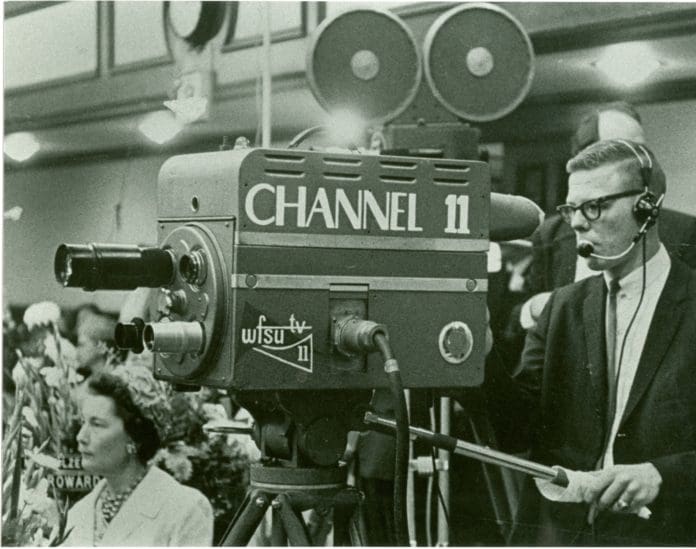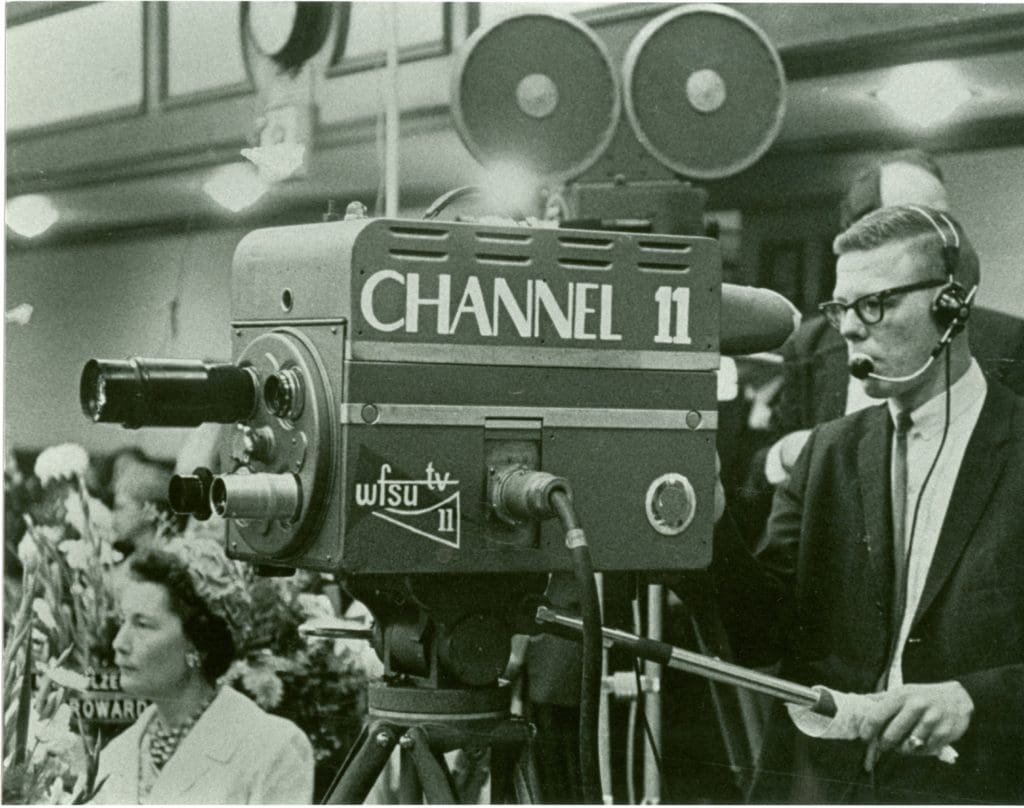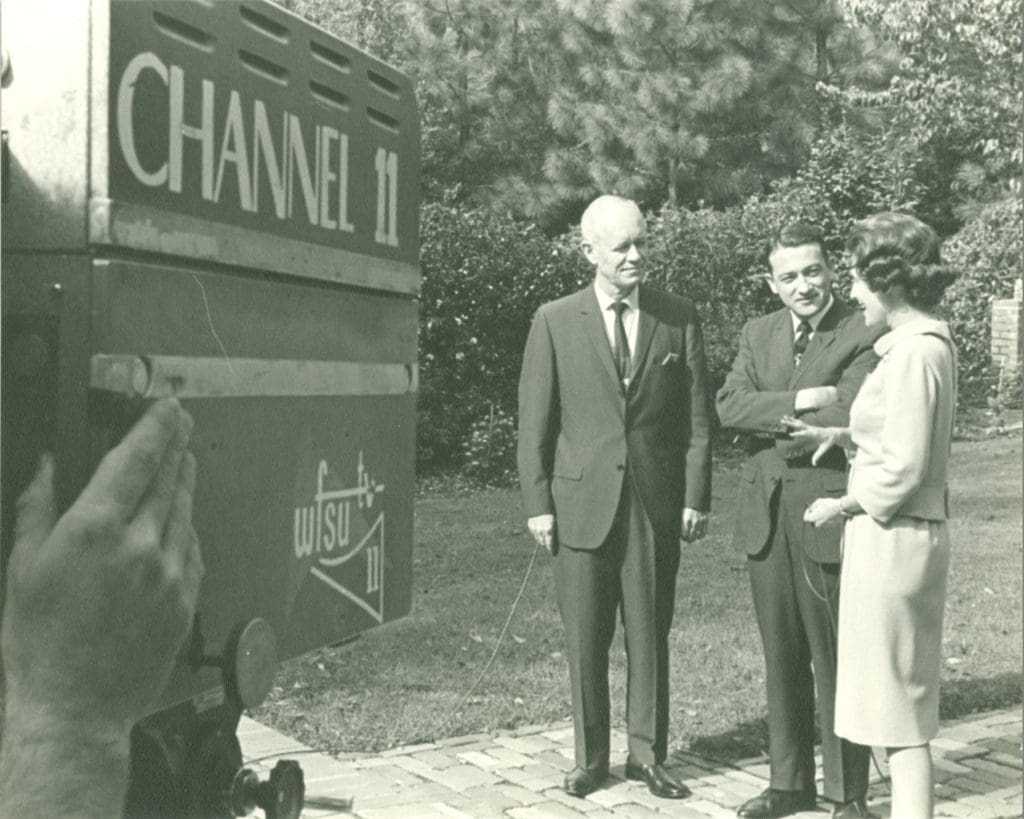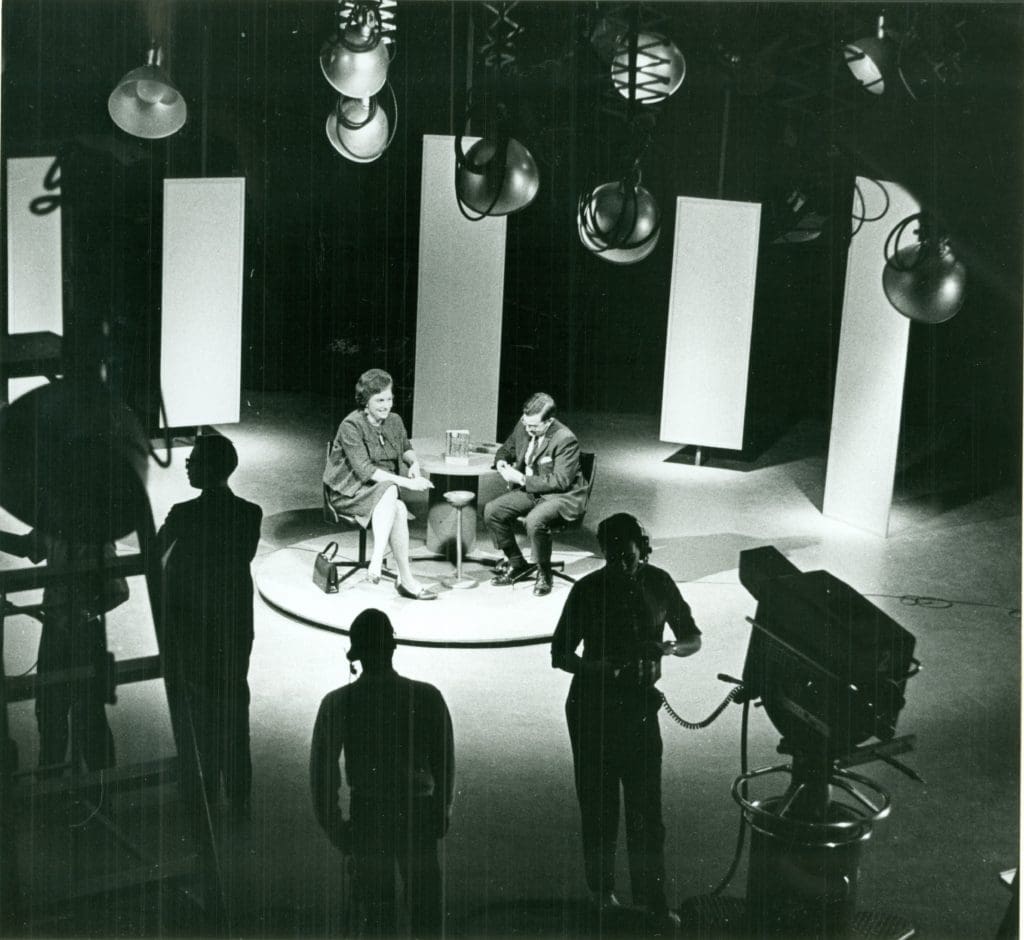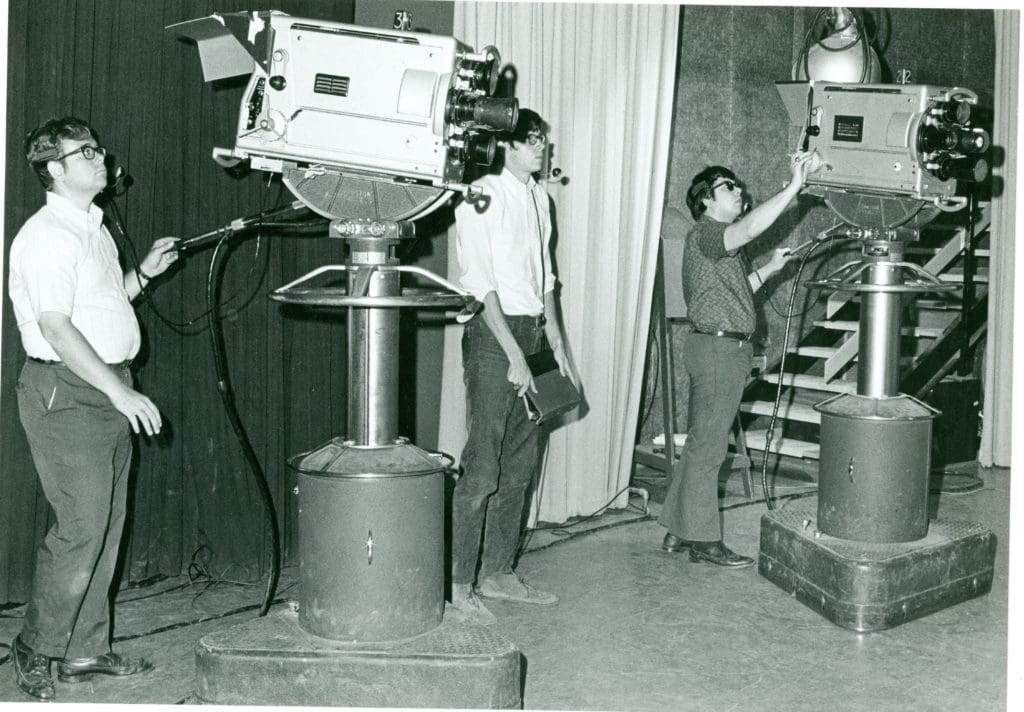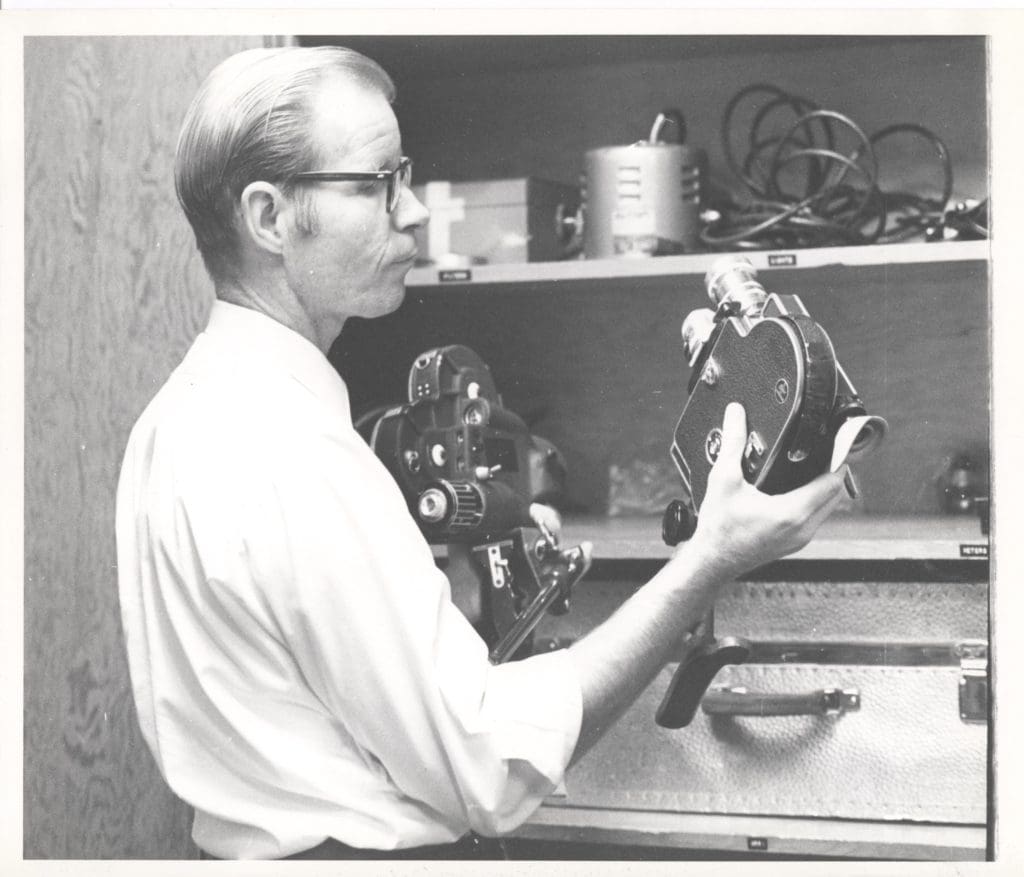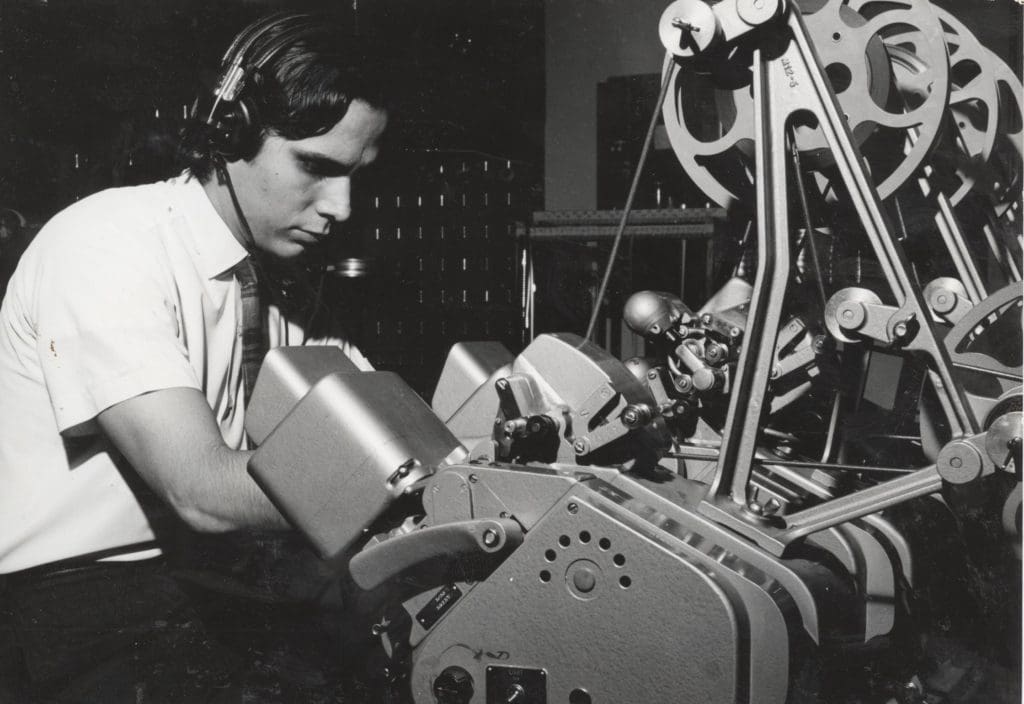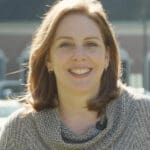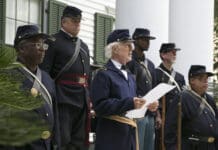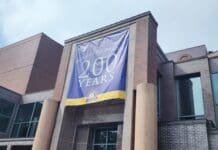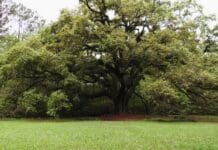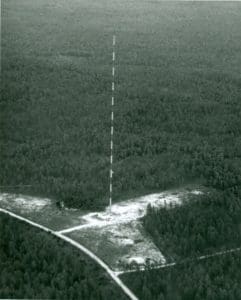

2024 marks the 64rd year of WFSU Television being on the air and in our community. A lot has happened over six-plus decades. Here’s a look at how it all began and some of the ways it has changed over the years…
WFSU Television hits the airwaves
In the mid-1950s, the Florida Legislature worked on a plan to coordinate and create educational television stations throughout the state, including one on the campus of Florida State University. The FSU location made sense. The university already had an FM radio station broadcasting from the top of the Longmire building since January 21, 1949. In fact, it was already using the call letters “WFSU”. On September 20, 1960, the television version of WFSU began operations in the original west wing of Dodd Hall in the area that now houses the Werkmeister Reading Room.
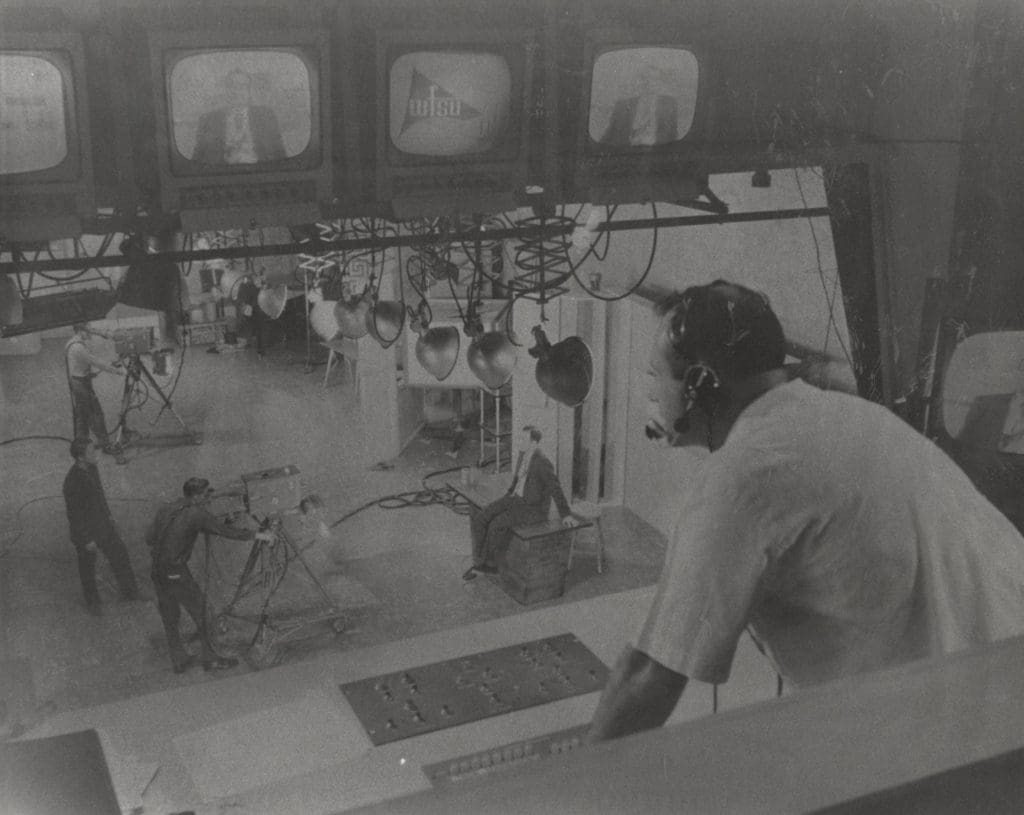

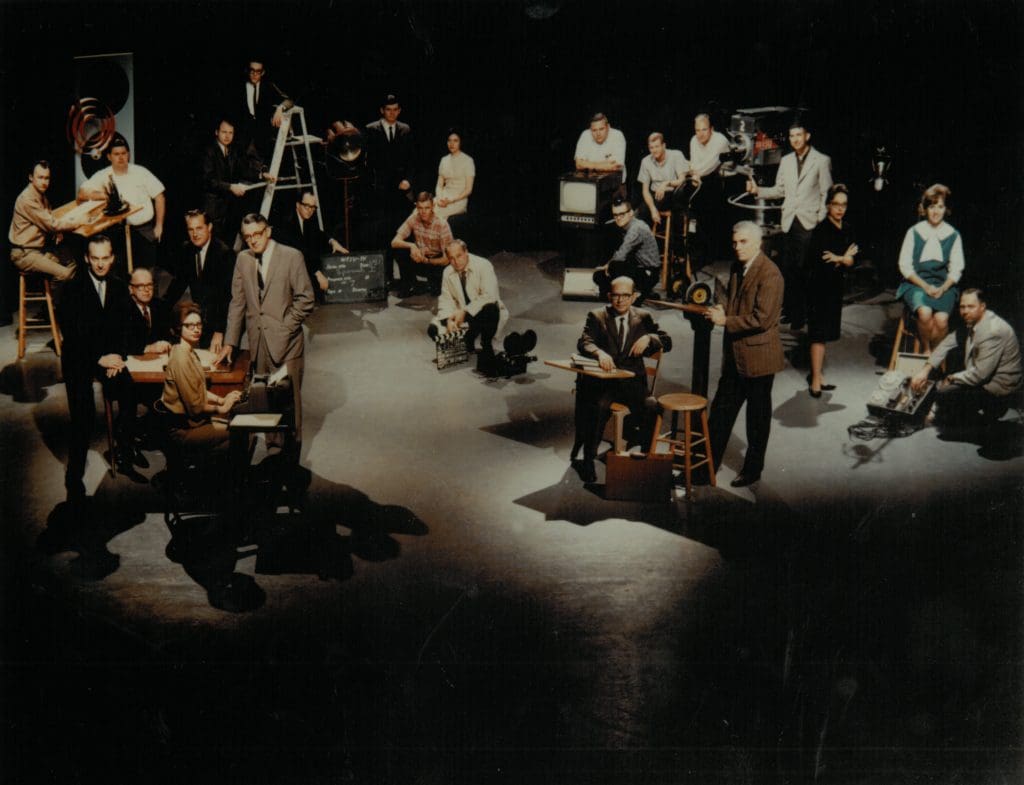

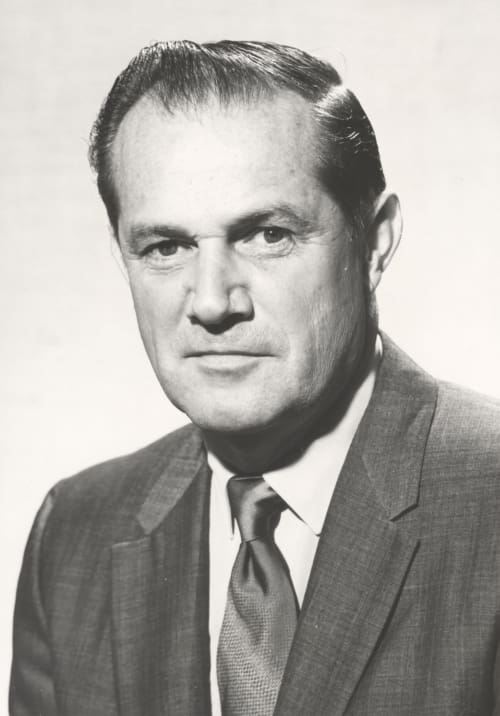

The black-and-white television signal initially broadcast lectures created by FSU professors. WFSU-TV programming quickly expanded to include music performances, talk shows, and other programs. The hours of location production and number of employees grew too.
WFSU Television and the Fred Rogers connection
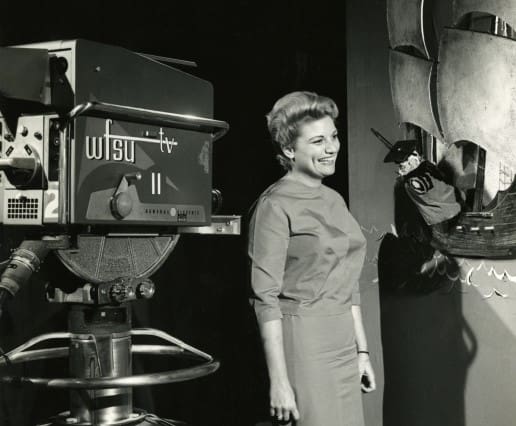

In 1966, the station began the children’s educational show called “Miss Nancy’s Store” which was aired by educational television stations across the state. This program and WFSU-TV had special ties to another well-known children’s program creator: Fred Rogers. The General Manager of the Television station, Ed Herp, as well as Program Director Duane Alten Franceschi and Producer/Director Keith Carlson all came from WQED in Pittsburgh, Pennsylvania where Fred Rogers was already creating children’s television.
From 1955 to 1961, Rogers’ wrote the program “The Children’s Corner”. He also composed it’s music and performed the voices for many of the puppet characters that were later included on his internationally known “Mister Rogers’ Neighborhood” program which was also produced at WQED. Herp’s connection to Fred Rogers and his early high-quality educational children’s programming not only influenced “Miss Nancy’s Store” but also helped bring Rogers to visit WFSU and Tallahassee several times over the decades. Another reason Fred Rogers came to Tallahassee was the fact that his wife of 50 years, Joanne, received her Master’s degree in Music from Florida State University.
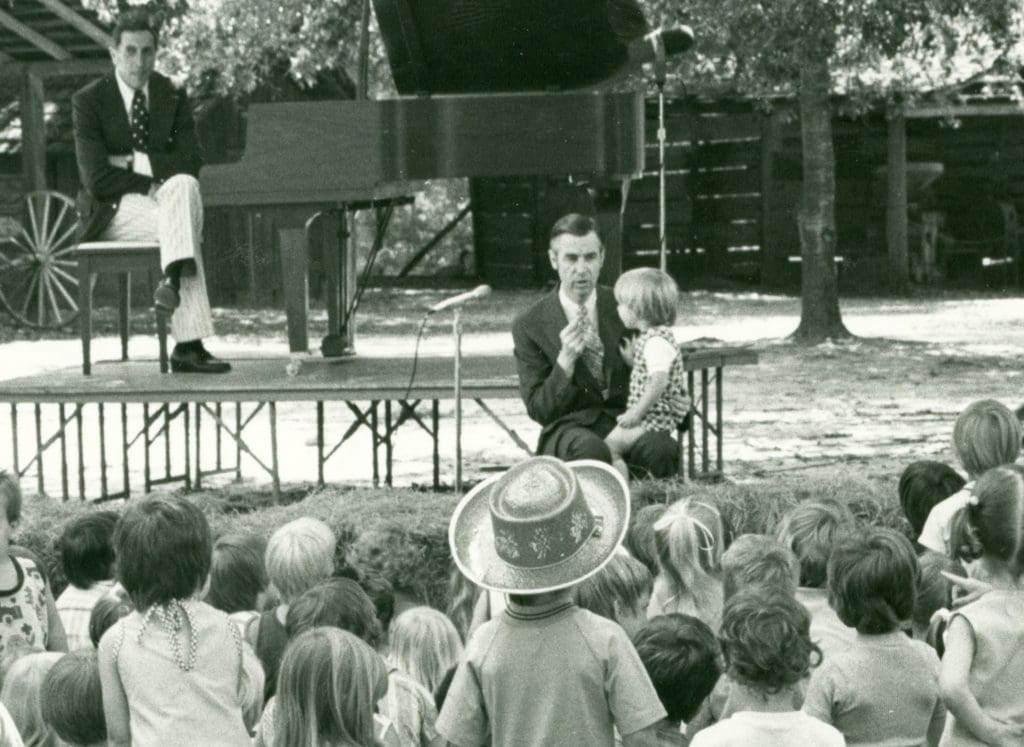

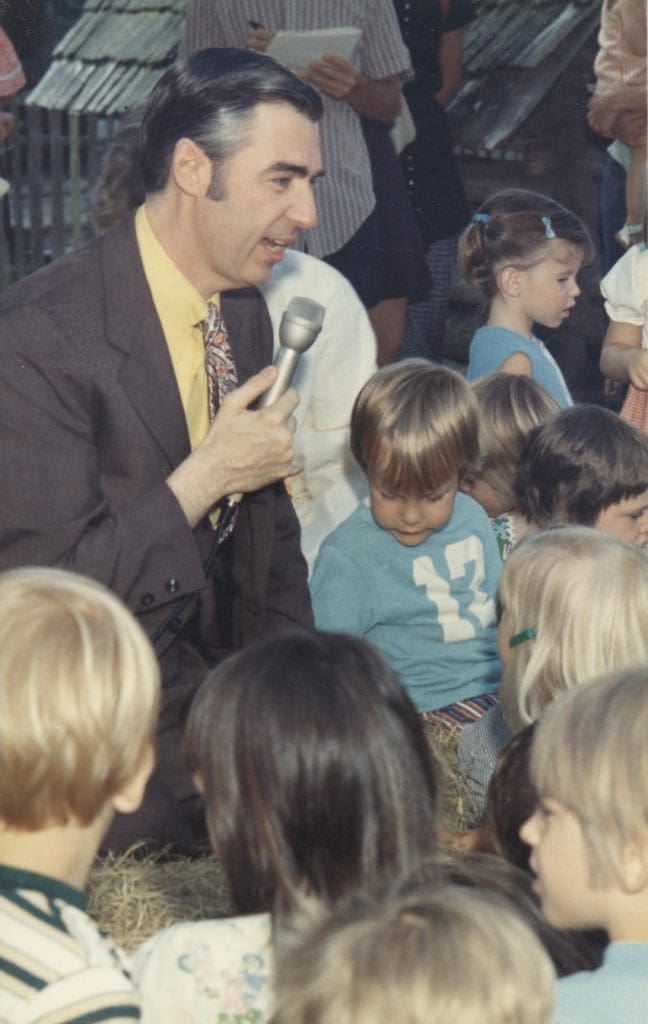

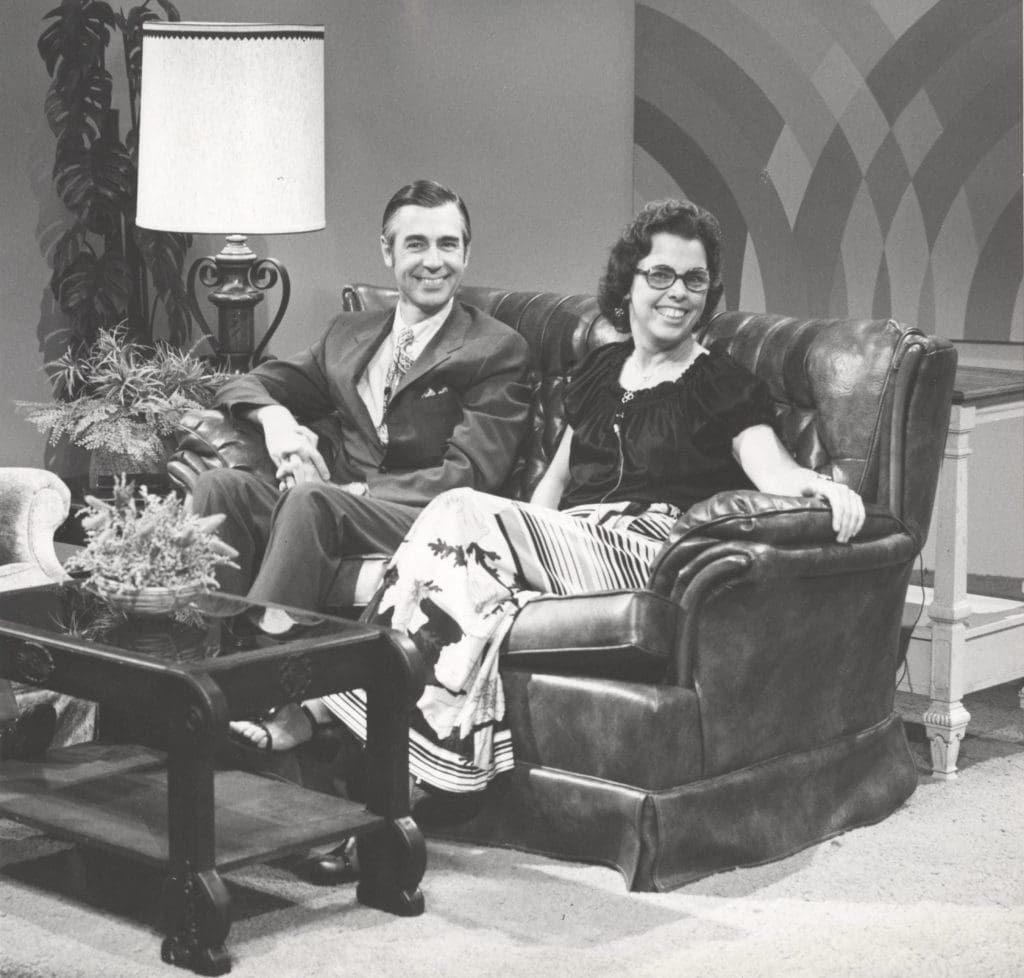

WFSU’s Mike Plummer explores the story of “Miss Nancy’s Store” and the woman behind it.
WFSU Television teams up with PBS
WFSU-TV’s programming expanded again at the end of the decade when WFSU became a member station of the newly formed Public Broadcasting Service (PBS). By the mid 70’s WFSU Television was broadcasting in full color. It also had become the first station in Tallahassee to use videotape and owned one of the first uplink satellite dishes at a broadcast station in the state. The role of the station expanded as it worked to cover the Florida Legislature, sporting programs, and community interests. The environment was a strong focus even in the station’s early years. WFSU’s 1978 documentary, “Watermarks”, explored the topic of the Apalachicola River. “Dragons in Paradise” was another well-known documentary on the ecology of our area.
Gallery of photos from the early years of WFSU-TV. Click through to see more.
WFSU Television and cameras in the Ted Bundy courtroom
In the late 1970s, WFSU-TV pioneered cameras in the courtroom, providing gavel-to-gavel coverage of the trial of convicted serial killer Theodore Bundy to a nationwide audience. A fact in the case that hit too close to home for staff members was that Bundy’s murders at the Chi Omega Sorority House in Tallahassee happened across the street from the WFSU studios at Dodd Hall.
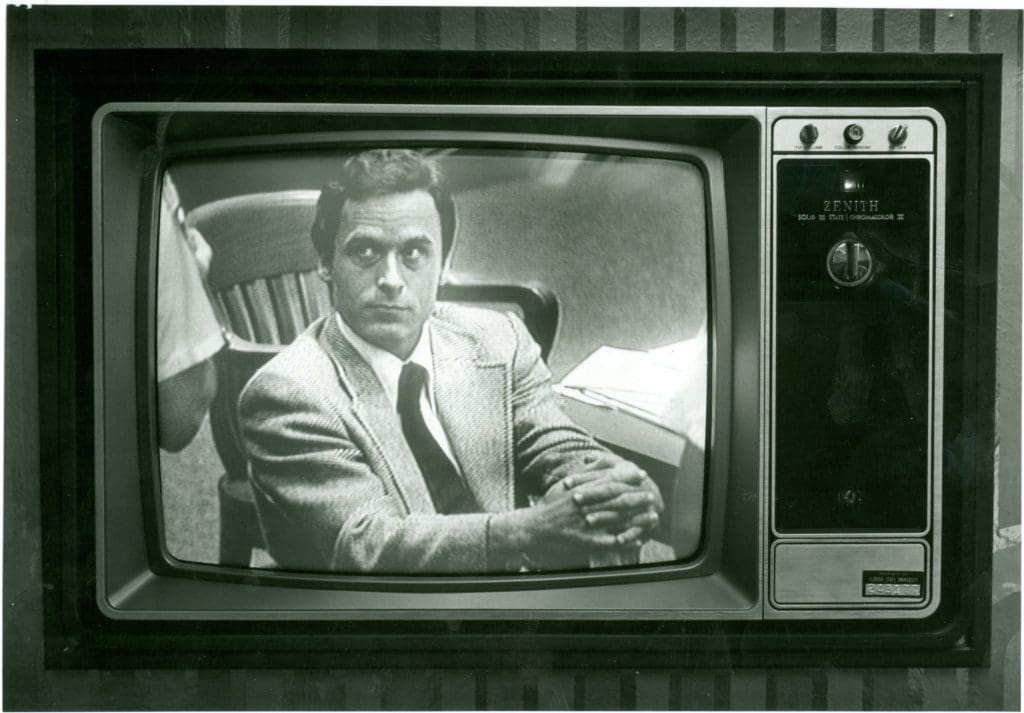

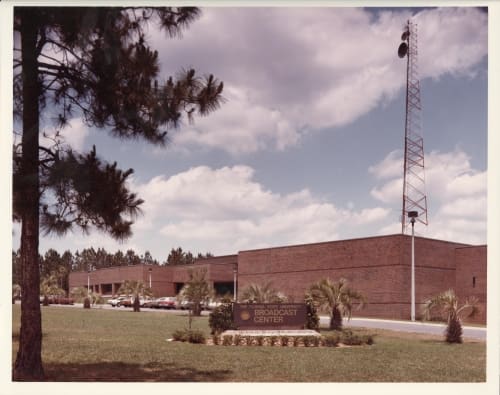

A new home and new adventures for WFSU-TV
The station continued to grow and in the early 1980’s, WFSU television and radio moved to new studios located off of Pottsdamer Road, southwest of the University. The larger studio space became the home to more programs, including the new “Body Electric” exercise program in 1984, which quickly became a nationally distributed program.
In the mid-80s, the Jonathan Demme movie “Something Wild”, starring Melanie Griffith and Jeff Daniels, was filmed in Tallahassee, with a few of the scenes filmed in sets built on location inside WFSU. The early years of the Florida Lottery drawings were also housed in the WFSU’s studios. Plus, the regular election year program, “Bandwagon”, expanded in size and scope at the new station.
The larger size of the studio space also allowed WFSU’s fundraising Auction and pledge events to grow as well. WFSU’s events occurred outside the new station as well, with Wine and Food Festivals and the Festival of the Arts held at places like Market Square, local malls, and the 22nd Floor of the Capitol Building.
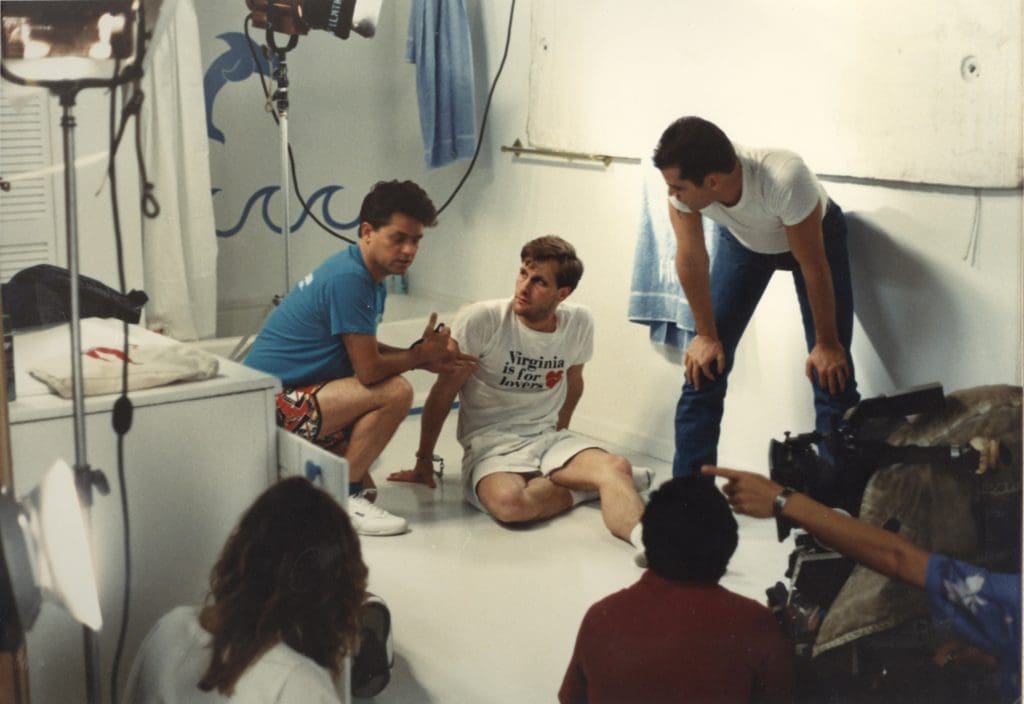

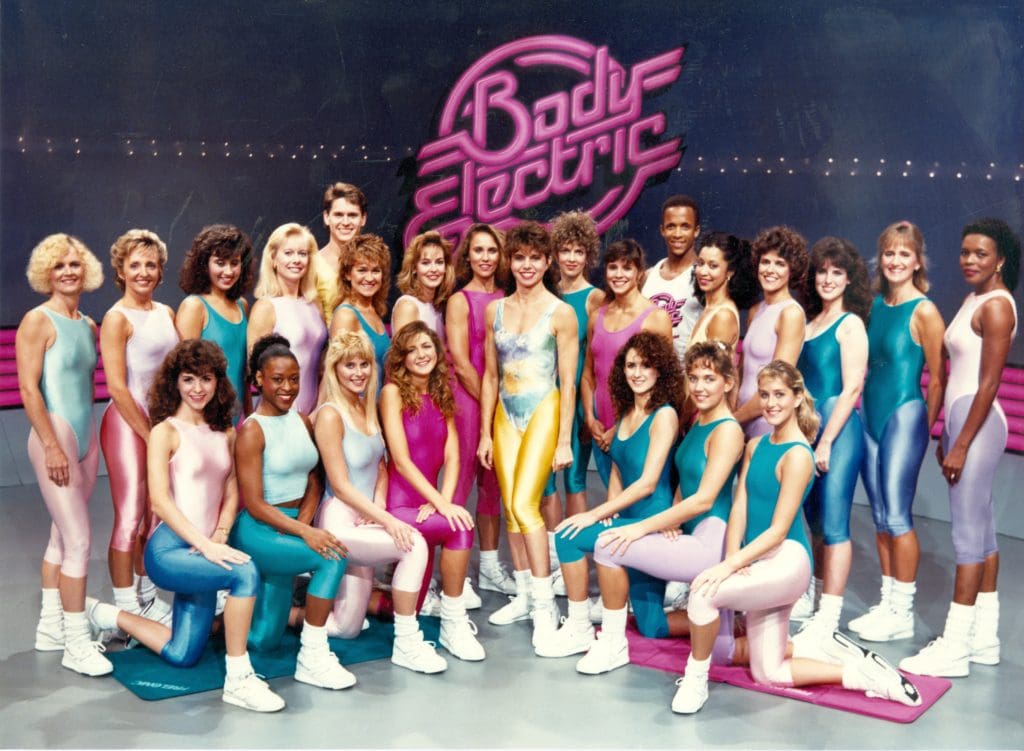

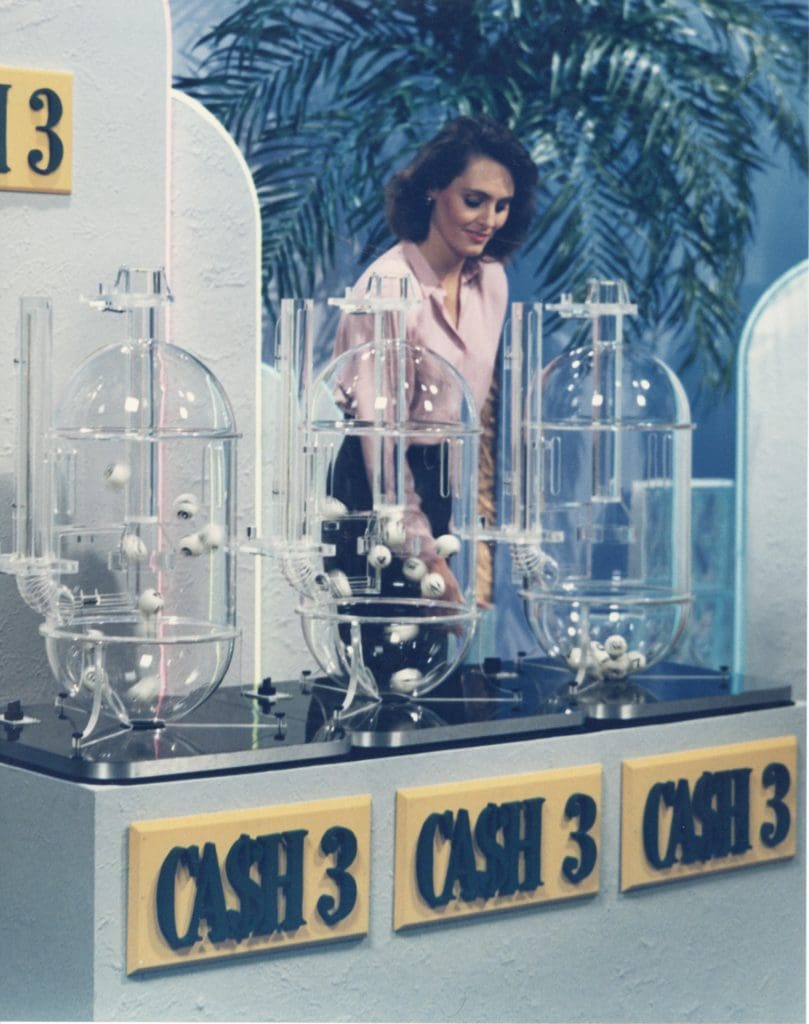

An inside look at WFSU Television in the 80’s
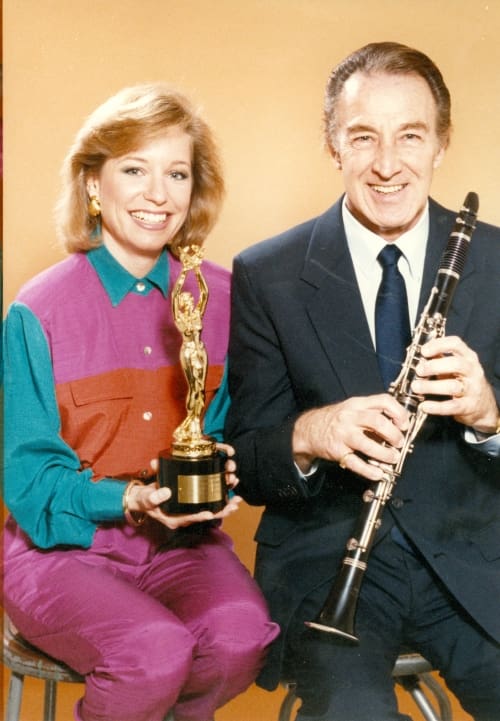

When WFSU TV celebrated it’s 25th anniversary in 1985, the station took viewers on a video tour of the station located at 1600 Red Barber Plaza.
In the 80’s the musical program “Studio A” showcased local jazz, rock, and country musicians before a live studio audience. Other locally created programs over the later decades include “Southern Circuit”, “Postcards from the Road”, “Prime Time”, “Newsmakers”, “Vibrations”, “outloud”, “Issues in Education”, and “Dimensions”. Documentaries, specials and unique projects have included “Where He Stood”, “Florida Rivers”, “Bobby Bowden: Finding a Way”, “Buddy DeFranco’s Jazz Forum”. They have continued into the new millennium with the “Our Town” Series, ”Big Bend Regional Spelling Bee”,“Graduation Gateway”, “Florida War Diaries: WWII Remembered”,” Peanuts Gallery”, “EcoShakespeare”, “Gradstock”, “Vietnam Stories”, “EcoCitizen Day”, Florida Footprints, and more.
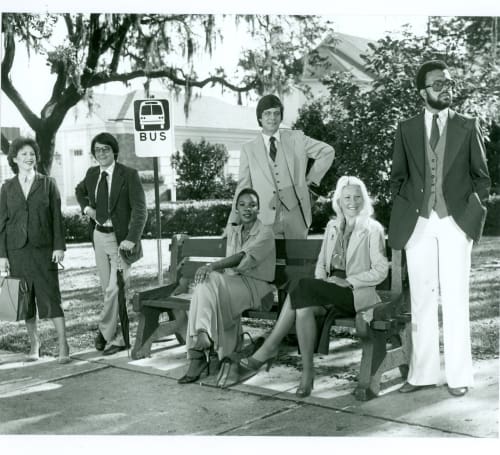

WFSU Television expands its coverage over-the-air and in the community
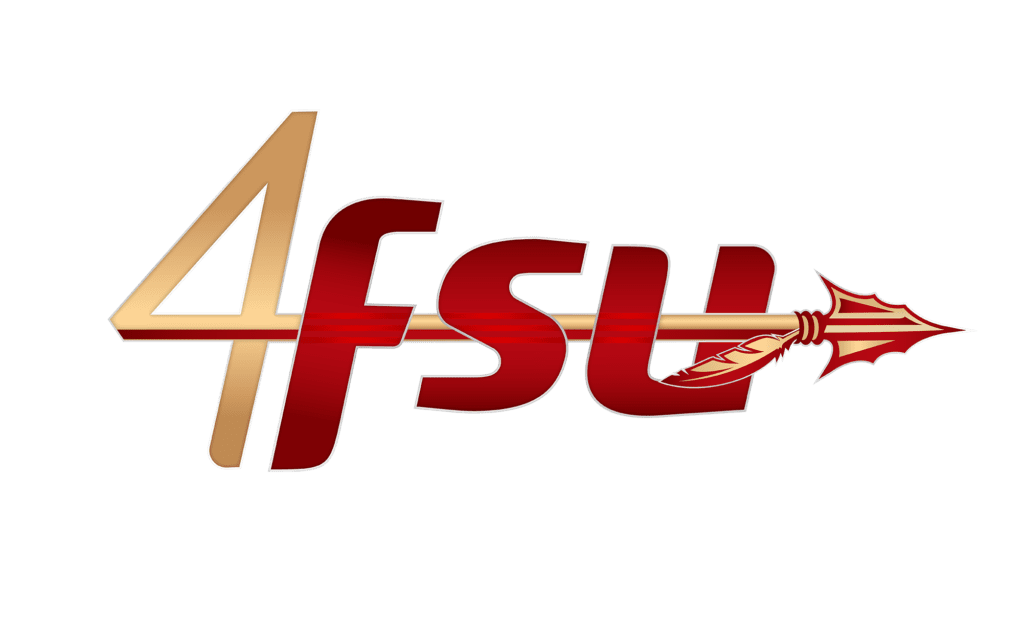

In 1988 WFSU-TV constructed a new transmitter to send its programming to Panama City and used the call letters WFSG in that viewing area. In 1995, WFSU added a local cable access channel that changed locations on the Comcast dial several times. Eventually, it landed on Comcast Channel 4 and became known as “4fsu.” Like the original WFSU Television channel of the 1960s, it focused on lectures, music, and other Florida State University events and activities.
The Florida Channel is born
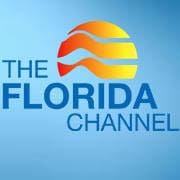

WFSU began a statewide gavel-to-gavel coverage of the Florida Legislature known as “The Florida Channel” in 1996. Over the next two years, The Florida Channel added coverage of the live oral arguments of the Florida Supreme Court and then the Florida Public Service Commission Conferences. In 2000, The Florida Channel telecast the Supreme Court Oral Arguments of the cases involving Florida’s role in the 2000 Presidential election cases. In 1998, when wildfires threatened huge areas of Florida, WFSU began a continuing relationship with the Florida Division of Emergency Management, providing production and distribution support to statewide and national audiences. The hurricane seasons of 2004 and 2005 saw WFSU staff at the State Emergency Operations Center almost continuously.
Educational work in the community
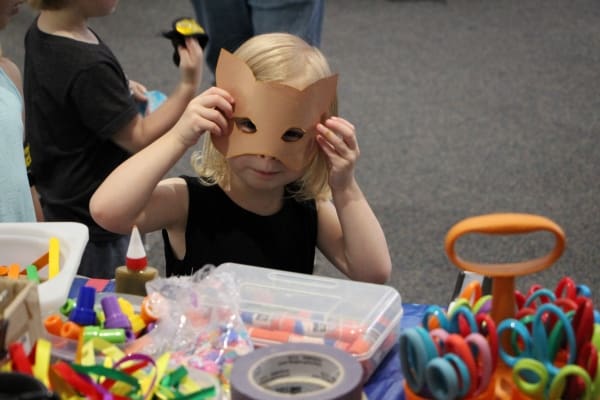

While children’s programming on WFSU Television goes back to the early years of the station, in the early 2000s a Ready to Learn grant from the Corporation for Public Broadcasting allowed WFSU to build upon their educational work in the community. Today workshops and activities for teachers, kids, parents, and families are held regularly at WFSU and in schools across the Big Bend region.
In 2016, WFSU held the first “Be My Neighbor Day” in Tallahassee. Hundreds of people attended the annual event. A summer camp focusing on encouraging young women in science, engineering, technology, and math fields called SciGirls launched in 2006 by WFSU and the National High Magnetic Field Laboratory and has grown to serve hundreds of middle school girls attending over the years. Additional summer camps for younger students have been held at WFSU and based on programs like “Ready Jet GO” and “Ruff Ruffman” and many others.
Digital Changes the World and the way you watch WFSU
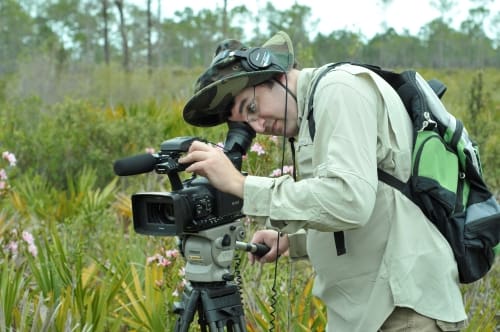

In 2001 WFSU Televisionbegan the process to upgrade to a digital broadcast signal. Tapeless field cameras were incorporated into daily productions in 2009 and new High-Definition Studio cameras arrived in 2013. A 360-Camera, an underwater camera, and a drone camera were also added to the production capabilities. A Digital department was added to the station and WFSU has also become the parent organization to the Florida Center for Interactive Media (FCIM).
In 2019, work began to convert the studio lighting to newer computer-controlled LED systems. In 2010, WFSU-TV launched an Ecology Blog with videos, documentaries, photos, and articles about our local environment. PBS Passport, WFSU’s website, and social media platforms allow WFSU programs and videos to be digitally accessible in a variety of ways. Many past programs have also found a home online through our WFSU website as well as YouTube.
In 2014 we started the broadcast program Local Routes which has evolve into a digital first magazine that incorporates video, photos and articles.
When the world had to isolate, WFSU provided a window to the world and our community.
WFSU Television and Radio becomes WFSU Public Media
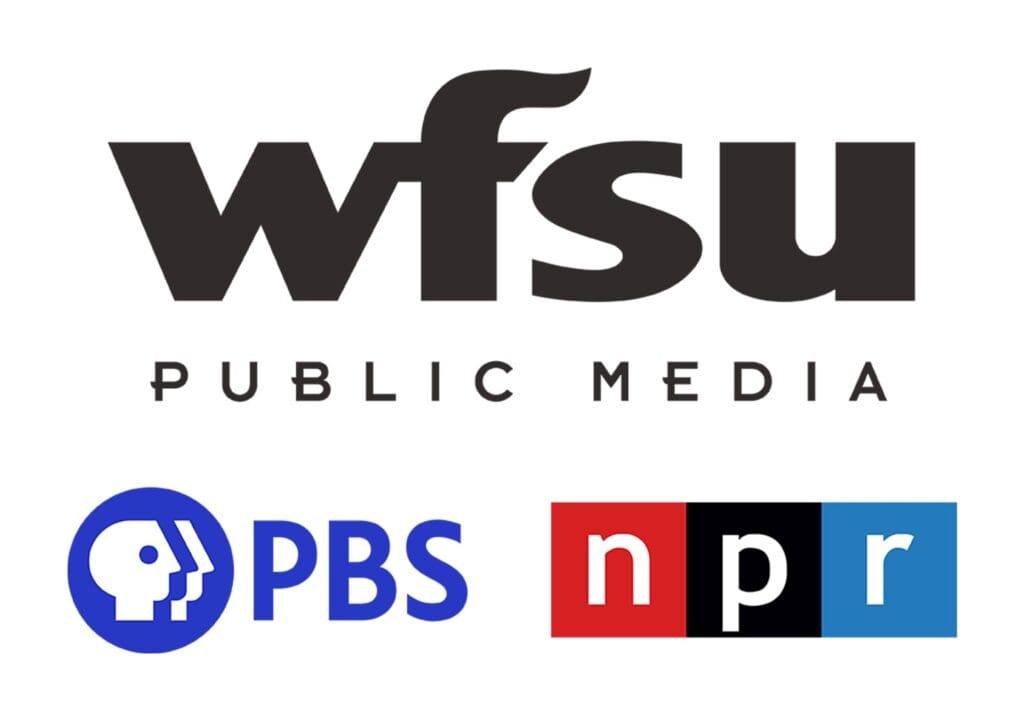

As digital technology advanced, a new overall name for the station emerged: WFSU Public Media. While technically still different departments, TV and FM have collaborated on multiple projects in recent years. The teams have worked together on telecasts, streaming, and other special programs like Perspectives on the Air, Election Night Coverage, and Retro Report. WFSU television and radio teamed up on-location for the one-year anniversary coverage of Hurricane Michael. They also joined forces to create localized content for distribution over the air and online around the nationally distributed documentary by Stanley Proctor about Historically Black Colleges and Universities called “Tell Them We Are Rising”.
In addition to the content creation across platforms, more in-person community discussions were initiated about the topics covered in a variety of local and national programs. The COVID-19 pandemic in 2020 accelerated the station’s work in the world of digital content by providing streaming opportunities for live events in the studio and in our community. When the world had to isolate, WFSU provided a window to the world and our community.
Exploring issues of Race in our community
In 2022, WFSU Public Media created our most ambitious multiplatform project yet: “Not So Black and White: A community’s divided history”. This in-depth, six-episode podcast resulted in more than 140,000 downloads and had a dynamic website that included video, photos, and local music. Topics included education, land use, racial dividing lines, religion, culture, stereotypes, and more. WFSU also held a listening session and discussion in our studio with more than 100 community members taking part and created educational guides that were shared throughout the community. The project has won a series of awards from the Society of Professional Journalists, the National Educational Telecommunication Association, the Florida Association of Broadcast Journalists, and the Regional Radio Television, and Digital News Association.
The Future of WFSU Public Media
WFSU Public Media continues to grow, expand, and change with society and technology. At the same time, we remain dedicated to our community and focused on the Mission, Vision, and Beliefs that serve them each and every day.
Our Mission:
WFSU Public Media enriches lives and cultivates diverse perspectives by connecting our community through content and services that inform, educate, and entertain.
Our Vision:
To be the most trusted source for unbiased, quality content.
We Believe in
Trust
Quality
Unbiased content
Diverse perspectives
Service to Community
Suzanne Smith is Executive Producer for Television at WFSU Public Media. She oversees the production of local programs at WFSU, is host of WFSU Local Routes, and a regular content contributor.
Suzanne’s love for PBS began early with programs like Sesame Street and Mister Rogers’ Neighborhood and continues to this day. She earned a Bachelor of Journalism degree from the University of Missouri with minors in political science and history. She also received a Master of Arts in Mass Communication from the University of Florida.
Suzanne spent many years working in commercial news as Producer and Executive Producer in cities throughout the country before coming to WFSU in 2003. She is a past chair of the National Educational Telecommunications Association’s Content Peer Learning Community and a member of Public Media Women in Leadership organization.
In her free time, Suzanne enjoys spending time with family, reading, watching television, and exploring our community.

